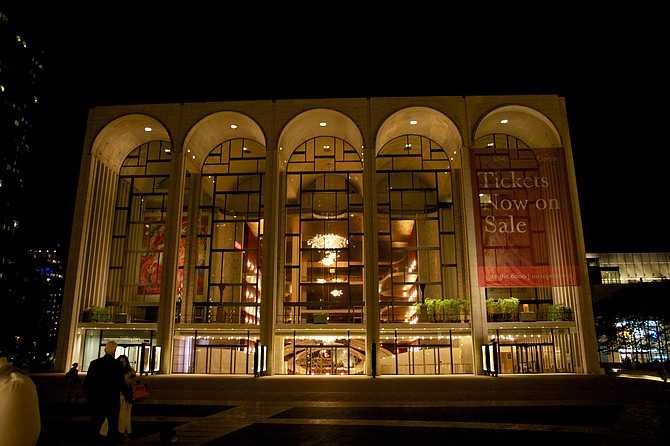 Facebook
Facebook
 X
X
 Instagram
Instagram
 TikTok
TikTok
 Youtube
Youtube

Each summer it feels as though we need to check in with the Metropolitan Opera in New York. I’m not sure it’s an accurate barometer but there is a general feeling that as the Met goes, so goes opera in the United States.
A recent article in the New York Times brought up an issue that is crucial to the production of opera at the Met and at any performing arts institution. The issue is Baumol’s “cost disease.”
In the 1960s, William J. Baumol conducted studies that revealed that the labor needed to perform a Beethoven string quartet has remained constant and will remain constant. The wages of musicians have risen since the 19th Century, but productivity has remained the same.
In other sectors productivity has increased, which allows businesses to make more money off of less labor. This means the labor they do employ can be paid more. Make no mistake, many businesses would have preferred to use less labor and keep wages the same, but regulations and unions forced them to share the wealth.
We’re currently experiencing what it feels like to have greater productivity and flat wages. This is happening, in part, because of the rolling back of regulations and the breaking of the unions.
There are very limited ways to increase productivity in an artform that is as labor-intensive as opera. Projection technology is evolving, which might be able to replace or reduce the construction of sets, but opera companies such as the Met have to negotiate with unions.
The future does not look bright for the Met. Opera will more than likely end up being produced by companies who are unburdened with the infrastructure that is hampering the grand ol’ dame of American opera.
Of course, if wages for the middle-class had increased instead of remaining flat over the past 35 years, then the audience for Met-type productions might be larger. As it is, the price of a ticket is beyond the reach of a vast percentage of the population. Or at least opera isn’t something they are going to save up for in the same way they will for tickets to Disneyland.


Each summer it feels as though we need to check in with the Metropolitan Opera in New York. I’m not sure it’s an accurate barometer but there is a general feeling that as the Met goes, so goes opera in the United States.
A recent article in the New York Times brought up an issue that is crucial to the production of opera at the Met and at any performing arts institution. The issue is Baumol’s “cost disease.”
In the 1960s, William J. Baumol conducted studies that revealed that the labor needed to perform a Beethoven string quartet has remained constant and will remain constant. The wages of musicians have risen since the 19th Century, but productivity has remained the same.
In other sectors productivity has increased, which allows businesses to make more money off of less labor. This means the labor they do employ can be paid more. Make no mistake, many businesses would have preferred to use less labor and keep wages the same, but regulations and unions forced them to share the wealth.
We’re currently experiencing what it feels like to have greater productivity and flat wages. This is happening, in part, because of the rolling back of regulations and the breaking of the unions.
There are very limited ways to increase productivity in an artform that is as labor-intensive as opera. Projection technology is evolving, which might be able to replace or reduce the construction of sets, but opera companies such as the Met have to negotiate with unions.
The future does not look bright for the Met. Opera will more than likely end up being produced by companies who are unburdened with the infrastructure that is hampering the grand ol’ dame of American opera.
Of course, if wages for the middle-class had increased instead of remaining flat over the past 35 years, then the audience for Met-type productions might be larger. As it is, the price of a ticket is beyond the reach of a vast percentage of the population. Or at least opera isn’t something they are going to save up for in the same way they will for tickets to Disneyland.
Comments